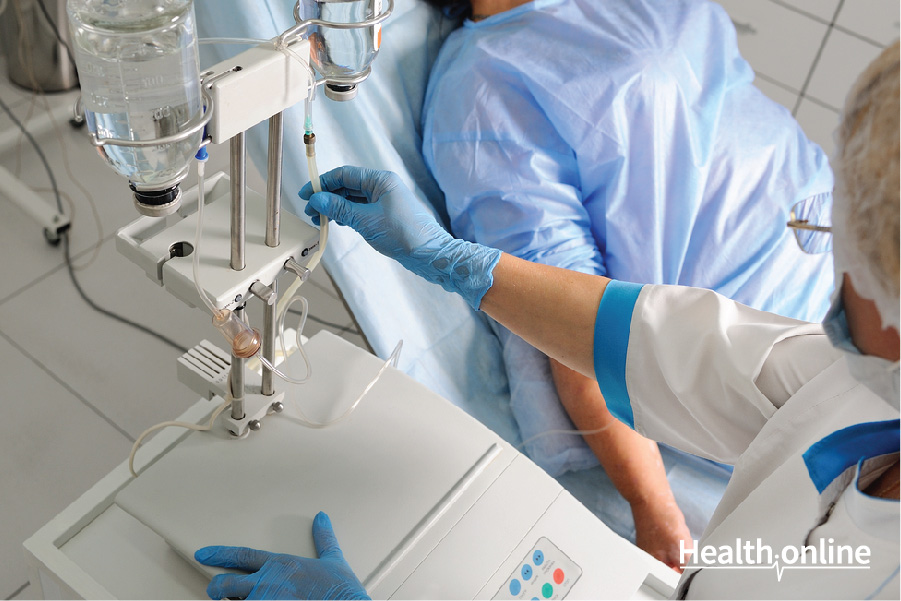
Treatment of Stroke
Medical treatment of stroke
Clots: If a blood clot caused the stroke, doctors will work to break up the clot. Emergency room technicians are likely to start the patient on aspirin, a known anti-clotting agent, which is then followed up with intravenous injection of a potent clot buster known as tissue plasminogen activator (TPA). TPA can be delivered through a vein in the arm or in dire situations directly into the brain via a tube inserted into the patient’s groin. In some cases, a physician may decide to physically break up or budge the clot with a device directly inserted into the brain. Interventions that invade the patient’s brain are controversial and more research needs to be done to determine under what circumstances these therapies are appropriate.
Hemorrhage: If the stroke was caused by a ruptured artery, treatment will concentrate on lowering the pressure inside the brain and stopping the bleeding. To that end, the patient may be given medication to lower blood pressure, lower pressure on the cranium, or to prevent thinning of the blood. This treatment may well be followed by surgical repair of the ruptured brain artery.
Follow up treatment will focus on rehabilitation and preventing second and subsequent strokes. Physical and speech therapists can help a patient recover part or all of her range of movement or speech.
If a stroke was related to an underlying medical condition such as diabetes, the patient will be advised to carefully control his or her blood sugar, stay on prescribed medications, and comply with other medical directives to control the disease. People with risk factors such as smoking and obesity will likely be referred to addiction counseling, dieticians, psychiatrists, or even religious professionals.
Preventive measures for stroke
By far the best treatment for a stroke is to prevent it altogether. People who are at higher risk of stroke because of chronic illness will do well to follow all medical directions religiously to prevent a stroke.
It may sound cliché, but the healthy lifestyle, once again, comes to the rescue. People who eat whole foods, avoid processed foods, especially those laden in fat and sugar, get enough exercise, eschew smoking (including breathing someone else’s smoke), and maintain an optimal body mass index stand a very good chance of getting through life stroke free.




